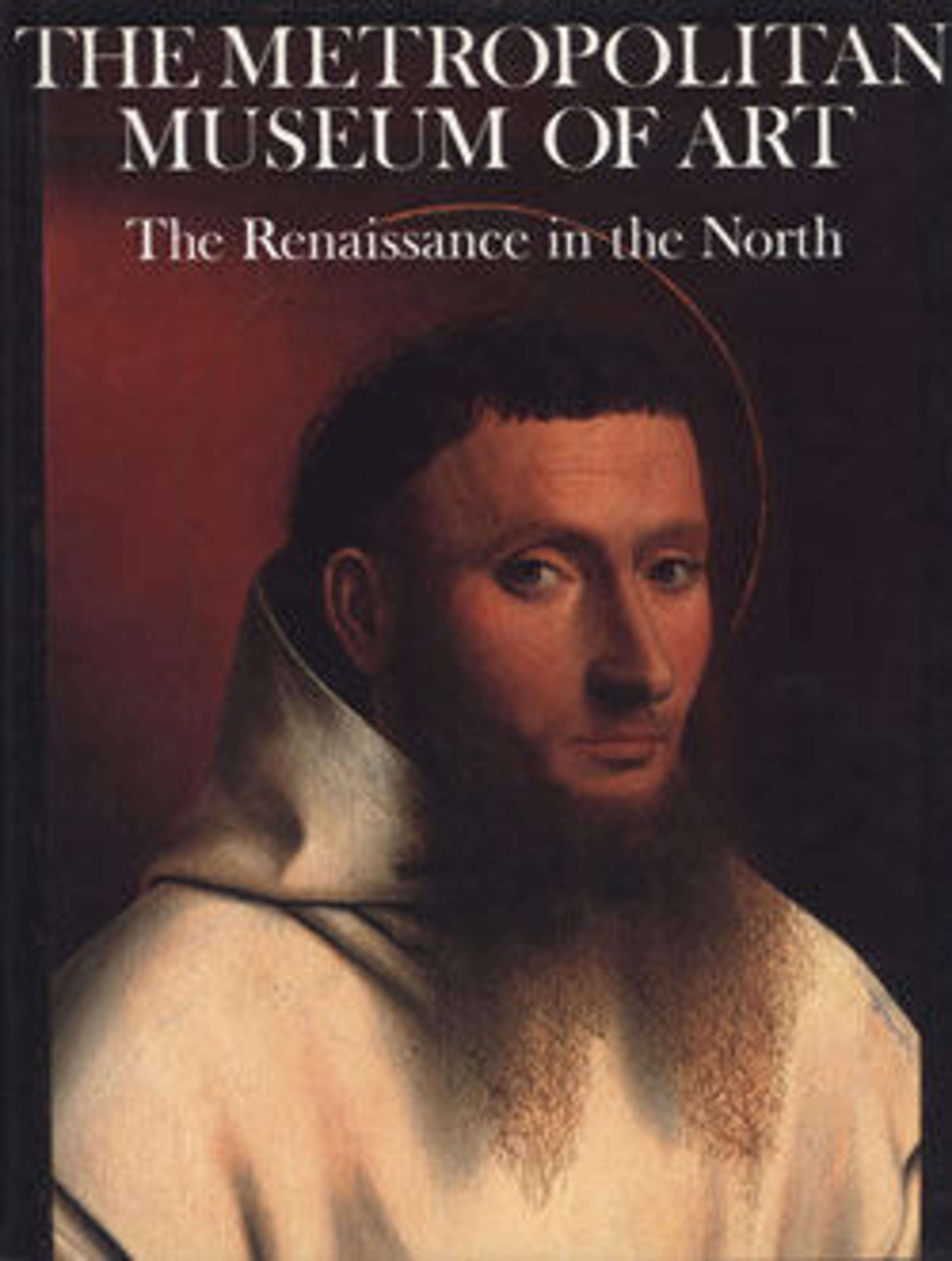The Wedding Feast of Cupid and Psyche
Enameling is a technique whereby a vitreous substance, often containing pigment, is fused with metal to produce a glossy surface. Limoges became a center for enameling as early as the twelfth century, when the art flourished in monastic workshops. In the late fifteenth century, this city in central France emerged as a center of secular as well as ecclesiastical enamelwork, and the school flourished throughout the sixteenth century. Among the most famous and prolific of the enamel painters practicing in sixteenth-century Limoges was Pierre Reymond (1513–after 1584), the author of this dish. Reymond's mastery of his medium is evident in the rich tonal range, the accurate modeling of his figures, and the sense of life and action. The restricted palette, in which white, black, and red are combined into rich, varied gray tones—hence the name grisaille painting—is enlivened by the decorative use of gold. The lip of the dish is remarkable for its rich vegetal decoration from which varied figures emerge. Reflecting Reymond's pride as an artist, the dish prominently displays his initials and the date 1558. Renaissance humanists interpreted the wedding of Cupid and Psyche, a subject drawn from The Golden Ass by Lucius Apuleius (born ca. 124 A.D.), as the union of desire and soul.
Artwork Details
- Title: The Wedding Feast of Cupid and Psyche
- Artist: Pierre Reymond (born 1513, working 1537, died after 1584)
- Date: 1558
- Culture: French, Limoges
- Medium: Painted enamel on copper, partly gilt
- Dimensions: 19 3/4 × 15 1/4 × 1 3/4 in. (50.2 × 38.7 × 4.4 cm)
- Classification: Enamels
- Credit Line: Purchase, Rogers Fund; Gifts of Irwin Untermyer, George Blumenthal, and Ogden Mills, by exchange; Bequest of Fannie F. Einstein, in memory of Emanuel Einstein, by exchange; and Edward Ablat, the Shubert Foundation, Inc., and Irving M. Gruber Gifts, 1984
- Object Number: 1984.195
- Curatorial Department: European Sculpture and Decorative Arts
More Artwork
Research Resources
The Met provides unparalleled resources for research and welcomes an international community of students and scholars. The Met's Open Access API is where creators and researchers can connect to the The Met collection. Open Access data and public domain images are available for unrestricted commercial and noncommercial use without permission or fee.
To request images under copyright and other restrictions, please use this Image Request form.
Feedback
We continue to research and examine historical and cultural context for objects in The Met collection. If you have comments or questions about this object record, please complete and submit this form. The Museum looks forward to receiving your comments.
